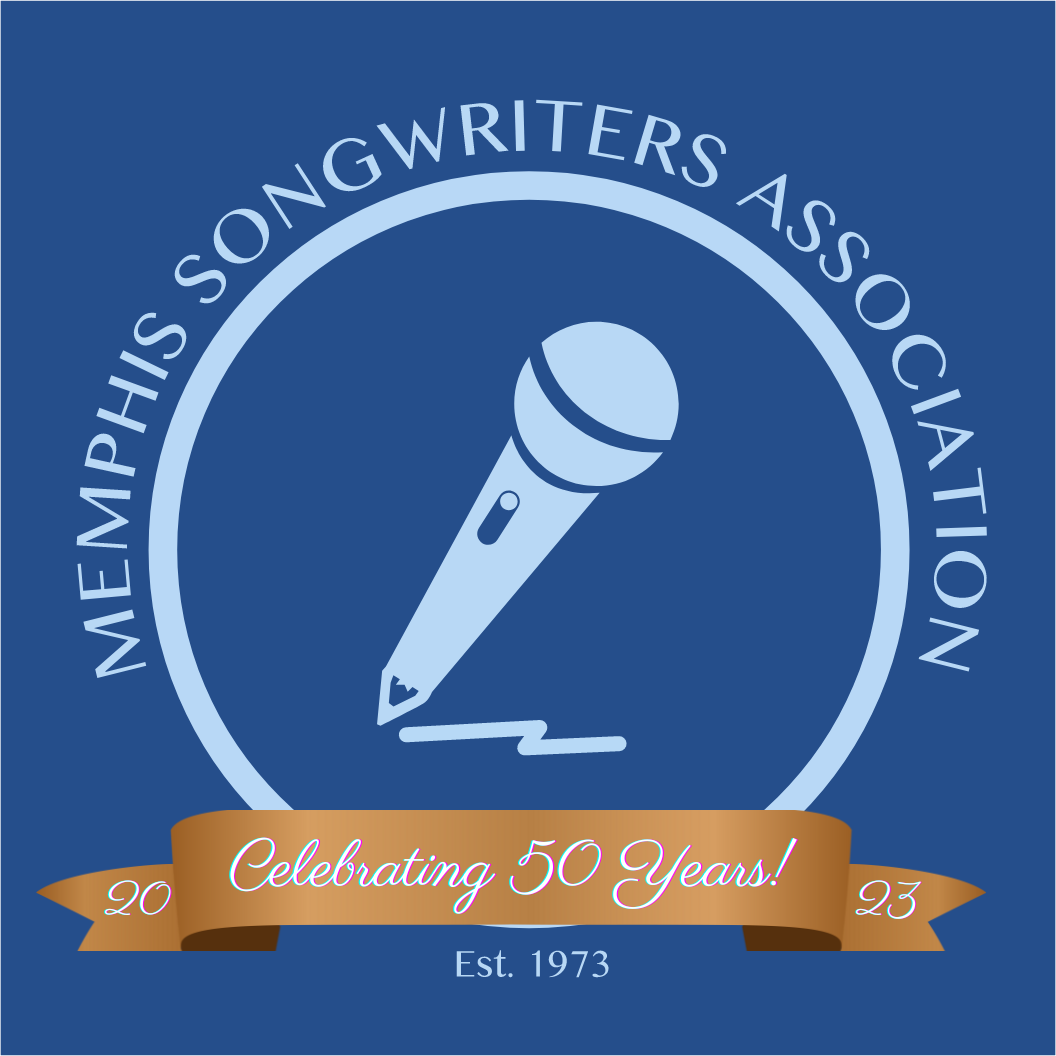Welcome to the MSA BLOGs
Songwriting Methods Minnesota Mike

Mapping Out Your Next Song
Background: The country duo Big & Rich sat at a songwriting workshop early in their career. As each person at the table introduced themselves, Kenny and John started taking notes on where everyone was from. This exercise would later become the title track to their second album, Comin’ To Your City. While this makes for a great story, writing about a city or state has proven successful for many artists: Johnny Cash (“I’ve Been Everywhere”), The King Cole Trio “(Get Your Kicks On) Route 66”, Gladys Knight and the Pips (“Midnight Train to Georgia”), the mention of “South Detroit” in “Don’t Stop Believin’” and countless others. In this blog, we are going to talk about using cities and states in song titles, or at least in significant lines within the song. As an added bonus, all of these songs were written by people I’ve discovered and associated with while living in Memphis, and 3 out of 4 of the artists are from the area.

One, Two, Better Not Sue: Similar Chord Progressions in Songs
Background: As a musician, it has always been fun for me to create odd pairings of songs and make medleys out of them. You probably wouldn’t associate “One” by U2 with “Hallelujah” by Leonard Cohen or “All Along the Watchtower” by Bob Dylan with “This is Where I Came In” by The Bee Gees, but they flow into each other quite nicely. Although those songs are very different from one another, there is a reason why they fit so nicely: The chords and chord progressions. In this blog, we will discuss those odd pairings and why they work. As you write and search for an appropriate feel for your melody, I hope this blog will be one to reference, so you don’t write off a good melodic line of best fit, just because the vibe of the lyrics doesn’t match what inspired it.

Don’t Cover Your Ears: The Best Cover Songs
Background: Cover songs are an important way for aspiring songwriters to figure out their identity, before they begin writing their own songs. It is hard for us to imagine, but the Beatles and Bob Dylan both started off recording cover songs, before getting deep into songwriting. Back in the early 60s, this was not always done to try to find a style. Dylan knew he wanted to be like Woody Guthrie, and the Beatles wanted to be like Buddy Holly. Fun fact, the Beatles actually named their band because Holly’s band was named The Crickets. Plus, the singer-songwriter revival within rock n roll had not taken off (I say revival because you had people like Woody Guthrie in the dustbowl era, and many jazz and blues musicians who wrote their own material. Though standards now, writing and composing your own work was a common practice among those genres). However, as the music industry moved into turning art into money making enterprises, it was common to have staff writers, and even have staff writers for labels, and multiple acts cut the same song, to see who would have a hit with it. Here, though, we are going to look at bands who covered songs deep in their career, when they already had a good discography of originals. For our purposes, we will also define “cover” as a song that the original artist made famous first, rather than one a songwriting team wrote and another person cut.

How To Effectively Break the 4th Wall
Background: In the early to mid-2000s, we saw an increase in shows that used breaking the 4th wall as a narrative device. This happens when one of the characters looks and/or talks directly into the camera, acknowledging that this is indeed a TV show. It has also been done to humorous effect in movies like Spaceballs, in which the characters are looking directly at what’s happening in the movie at the same time we are. But what about doing this in song? In my opinion, it’s okay to do it if you’re going to commit to it. If it’s just a filler line, it feels to me as the listener like you could have put in a little more effort as the writer. For example, in Brad Paisley’s “She’s Everything,” he lists off a handful of things that she is (metaphorically,) and then ends the second verse by saying, “She’s the song that I’m singing.” With the title being what it is, that’s an unnecessary line. So we’ll look at songs that completely commit to breaking the fourth wall.

Outdated Visuals
Background: There are some songs that are timeless, and they work because they deal with the human experience, and not a trend: A midnight train, something that cuts like a knife, or a mountain that won’t keep me from getting to you. But sometimes, we use outdated visuals to get our point across, and somehow the song still holds up. The focus of this blog will be songs that have been popular (if not “hits,” as defined by my Billboard rules), while still using those outdated visuals.

Writing on Assignment
Background: In my second blog about character development, I mentioned a quote from Carole King, that praised Joni Mitchell’s ability to write for herself, rather than writing on assignment, or writing for other artists, as King did in the early days of her career. Mostly, we have focused on people who have written the songs they sing. But it is also important to talk about the people who write songs for other artists. Though songwriting also involves composing, for purposes of this blog, “writing” will be focused on writing lyrics.
We will look at “writing on assignment” from four different standpoints
You write the lyrics, someone else writes the melody
You write the lyrics and the melody for a movie or TV show
You write the song for another artist
You write the song and someone else cuts it

Stone Cold Rhymin’
Background: Now you may have read the title of this blog and thought, “There’s absolutely no rhyme or reason for it!” My friend, Mark, who is not a songwriter, but an appreciator of music, asked me when I was going to be writing about rhyme schemes. Mark suggested it and I thought it was a great idea. So I will be breaking down the rhyme schemes of four different songs, and how they affect the rest of the song, melodically and structurally.

Character Development, Continued
In an earlier blog, we talked about how to develop characters within songs, through either personal experience, making up a character, or making up details about an existing character. All the other blogs since then may have seemed a little bit out of character for me, so I figured I’d revisit this topic in this blog.

I Object (And You Should Too!) Object Writing Within Songs
Object Writing can be an incredibly useful tool for curing writer’s block. When I say writer’s block, you might be picturing an aspiring songwriter, who just can’t bring themselves to write as often as they’d like.

Similes in Songs
Let’s talk about a way to paint a picture within your songs: Metaphors. As a grammar nerd, I’d probably roast you for not knowing the difference between a metaphor and a simile. But when discussing music, I tend to use them interchangeably.

Metaphors Be With You
Let’s talk about a way to paint a picture within your songs: Metaphors. As a grammar nerd, I’d probably roast you for not knowing the difference between a metaphor and a simile. But when discussing music, I tend to use them interchangeably.

You Don’t Have to Write a Hit to Write a Hit, Continued
Blog 4: You Don’t Have to Write a Hit to Write a Hit (Continued)
The first round of this blog was such a success, that I decided to continue writing about songs that were not, according to Billboard, a success. Just as a reminder, for our purposes, we’ll define chart success as any song that didn’t peak higher than 21 on the Billboard charts. For this blog entry, we’ll also be looking at a few international artists, whose singles didn’t chart in the U.S.

Billboard Top 200 Over the Years
Blog 3: Billboard Top 200 Over the Years
History: The Billboard Chart took its current name in 1967. In this blog, we will discuss the number 1 single from the first week in January through 6 consecutive decades (1967-2017). Though the genres may change, some things will just always work for hit songs. Let’s dive in!

Character Development
Blog 2: Character Development
Character Development
Let’s talk about one of the most important pieces of an effective song: Character development. There are four different ways to look at a character in a song:

You Don’t Have to Write a Hit to Write a Hit!
Blog 1: You Don’t Have to Write a Hit to Write a Hit!What makes a good song?
Well, it depends on what you mean by “good”.
